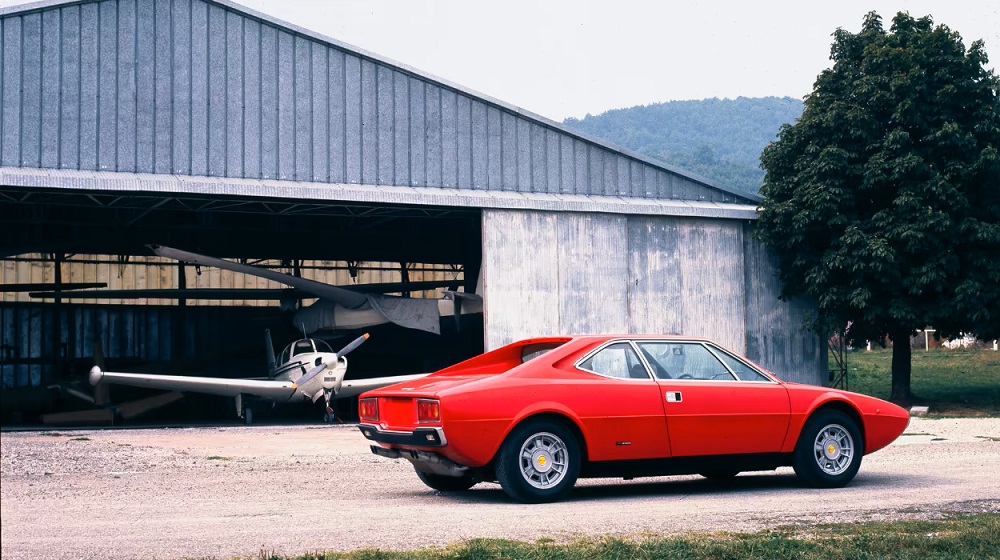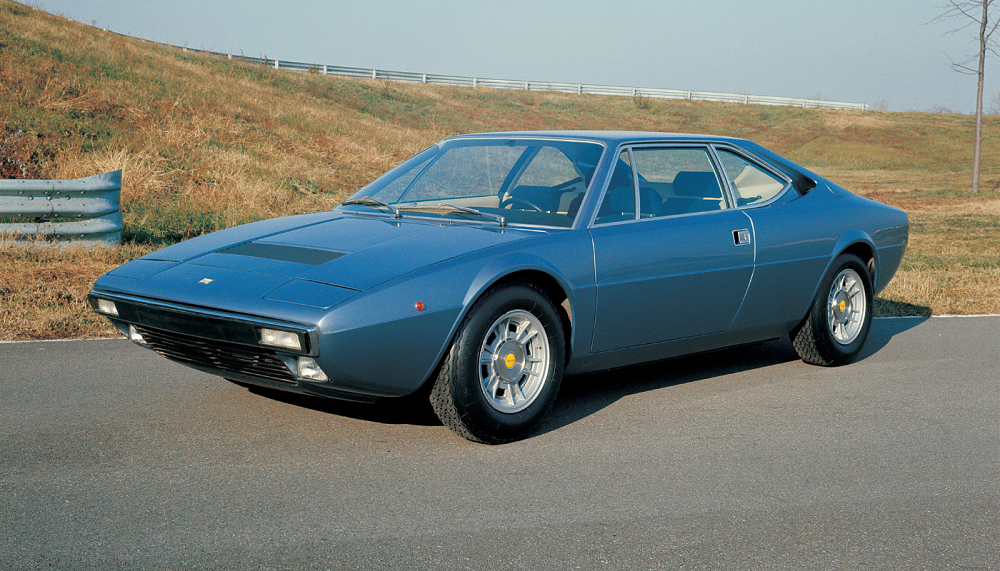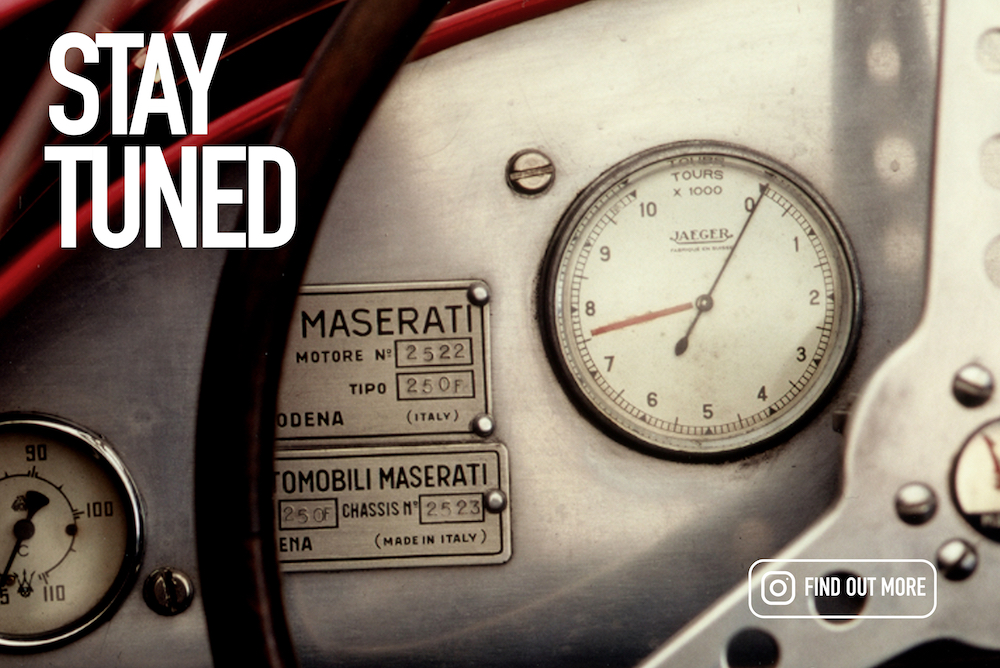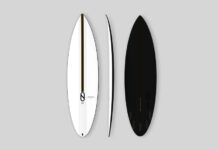People think of V8 and V12 engines as big and, nowadays, they are. Ferrari’s Dino current iconic V12 is of 6.5 litres capacity and its smallest V8 3.9 litres. Yet the first Ferrari V12 was of only 1.5-litre capacity, and one V8 was just 2.0-litres. In fact, they’re the smallest production V12 and V8 car engines ever made.

The first-ever Ferrari, the 125 S of 1947, produced 118 CV from its tiny but fast revving 1496.77 cc capacity V12. Much less famous was Ferrari’s 2.0-litre V8, partly because it was sold only in its home market of Italy. It was fitted to the 1975 Dino 208 GT4, one of the most unusual cars ever made by Ferrari.
To start with, it wasn’t even badged as a Ferrari. In 1967, the company introduced the Dino named after Ferrari’s son Alfredo (nicknamed Dino) who died in 1956, aged just 24. A badge already familiar on V6-powered sports and F1 racers, Dino would adorn smaller and less expensive road cars built by Ferrari. The goal was to expand Maranello’s reach and boost production.

The first road Dino was the two-seat 206 GT of 1967, powered by a new 2.0-litre V6. This was Ferrari’s first rear-mid-engined road car, and one of the first production sports cars with an engine sited behind the cockpit but in front of the rear axle.
The faster and more powerful 2.4-litre 246 GT followed in 1969. Though still officially a Dino, it would become one of the most acclaimed road cars ever produced by Ferrari. It was also a significant commercial success.

The next Dino was the controversial and innovative 308 GT4, launched at the 1973 Paris motor show. It was a totally new sort of mid-engined Ferrari. After 20 years of exclusively collaborating with Pininfarina, Ferrari turned to its great Italian design rival, Bertone. It was a Ferrari – or rather, a Dino – of totally different style and a bold new lay-out. In place of the curvaceous elegance of Pininfarina, the Bertone-designed GT4 was spectacularly wedge shaped: a blend of sharp edges, flat surfaces and small overhangs. It was eye catching, if controversial.
Just as extraordinary, it had back seats – although they were small. It was Ferrari’s first mid-engined 2+2 and at just 4.3 metres long, a masterful feat of mid-engined packaging. (The rear seats were usable when the front seats were adjusted forwards.)
It also used Ferrari’s first production V8, a 90-degree 2926 cc unit that produced 255 CV at 7700 rpm. To help packaging, it was mounted transversely.
Two years later, the V8 engine would be fitted to the two-seater (Pininfarina-designed) 308 GTB. That car, unlike the contemporary GT4, was officially badged a Ferrari. The Dino name was dropped at the end of 1976, and the GT4 officially became a Ferrari until production ceased in 1980, when it was replaced by the Mondial 2+2.

But there was one more extraordinary twist to the GT4 tale. It came in the form of a 2.0-litre version, powered by the smallest production V8 in history. Launched at the Turin show in November 1974, the 208 GT4 was virtually identical to the 308 GT4, apart from its smaller capacity engine. The bore was reduced from 81 to 66mm, and power reduced from 255 to 180 CV. Performance was diminished, of course, but it still accelerated to 100 km/h (62mph) in a brisk 7.7 seconds, and maximum speed was 220 km/h (137 mph). Its little V8 still sang to a heady and musical 7700 rpm.
The 208 GT4 was sold only in Italy and was designed to avoid punitive new Italian taxes on cars with engine capacities of more than 2.0 litres. They were introduced to reduce oil dependency following the 1973 OPEC embargo.
Production of the 208 GT4 continued until 1980, after which this delightful little engine powered the two-seat 208 GTB and GTS.
As a footnote, it’s worth reporting that the Ferrari engine is one of several 2.0-litre V8s to be produced, all by Italian makers. Yet its 1990.64 cc capacity undercut rivals, if only by a few cubic millimetres.
If you are interested in more news click here.










